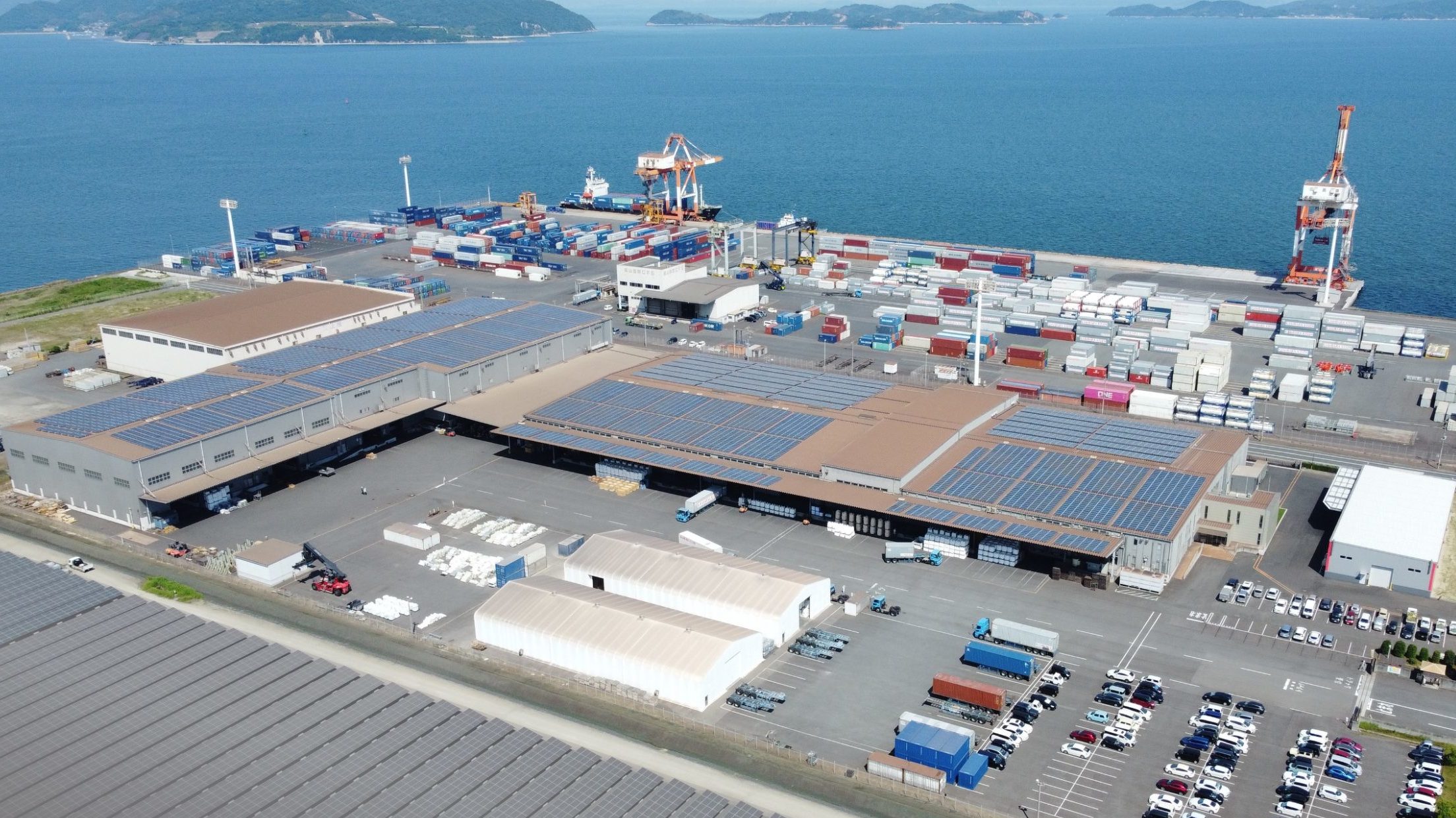Directly Connecting Key Asian Ports with Regional Japanese Ports Providing Optimal Logistics Solutions
Creating opportunities by connecting regional ports in Japan with major ports in other parts of Asia
Most of Japan’s international marine transportation is routed through the country’s biggest ports, such as Yokohama and Kobe. One reason for this is the belief that it is more efficient to transport huge shipments of cargo on containerships that are as large as possible. The major ports offer water depth, cargo-handling facilities, customs brokers, and forwarding companies that are all suitable for handling large vessels.
However, issues have arisen, since most of this cargo still needs to be transported overland by truck or rail to various parts of the country. For Japanese importers/exporters situated far from any major ports, the established transportation system is not always optimal from the standpoint of cost, time, and environmental considerations such as emissions.
KAMBARA KISEN has addressed these issues by taking a different approach from other companies. The company has been providing regular container shipping services connecting major ports in China with regional Japanese ports since 1994. It directly connects key ports such as Shanghai, Ningbo, Dalian, and Qingdao in China with smaller ports in Japan such as Kyushu, Setouchi, and those on the Sea of Japan. By unloading cargo at the ports closest to where the products are consumed, secondary overland transportation is minimized, thereby reducing costs and transportation time, as well as environmental impact.
Developing new shipping routes to benefit customers, regional communities, and society
The benefits of establishing direct shipping services to regional ports go beyond savings in customer costs and transportation time. Firstly, there are environmental benefits such as lowering vehicle emissions by shortening land transportation distances, as well as reducing overtime for truck drivers, an occupation for which there is a chronic labor shortage. Then there is the ability to help mitigate economic loss to local communities and society. This loss arises from long waiting times for trucks and traffic congestion in and around major port terminals, which has become a serious problem in recent years.
Moreover, after the Great Hanshin-Awaji Earthquake in 1995 and the Great East Japan Earthquake in 2011, KAMBARA KISEN’s Sea of Japan services needed to be used as alternative transportation routes for regions whose port functions were disabled due to those natural disasters. As part of their business continuity planning, Japanese companies are also reviewing their over-reliance on major ports, and are expanding their use of regional ones.
As a secondary effect, benefits are also being obtained by promoting infrastructure development at regional ports. To handle various types of cargo, a wide range of services and facilities need to be developed in and around such ports. These include the procedures necessary for import/export clearing, cargo handling, storage, and transportation. Creating this infrastructure helps to further develop regional logistics.
For decades, KAMBARA KISEN has been developing liner services that connect key Chinese ports with regional ports in Japan. Using this expertise, the company will now also work to build new shipping networks between Japan and Southeast Asia. This can support trade as it only continues to expand in the future.





